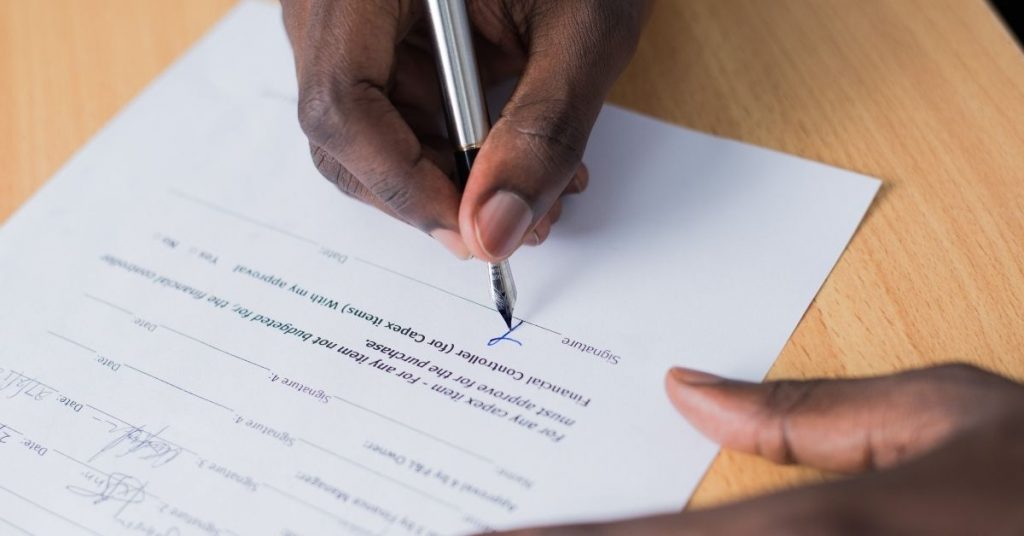How to Prevent New Patient No-Shows

One number that recently caught our attention in a practice’s collected data – and this one that is likely to be representative of yours, as well – was the difference in frequency that existed between missed appointments that occur with NP consultations vs. those that occurred with existing patients.
Most practices do not track these two sets of events separately, of course. Instead, in most data collection efforts, all such occurrences are treated the same. A missed appointment is a missed appointment.
This practice does not do that. It recognized that these two numbers have nothing in common with one another, and it tracks them accordingly. In doing so, they found that the difference in 2017 was staggering: the rate of missed appointments for NP consultations was 250% higher than that for missed appointments for exiting patients. And here’s the worst part of it: at least the second group is paying monthly fees to the practice whether they show up or not. The first one hasn’t paid the practice the first dollar, and is also wasting a full hour of the doctor’s and staff’s valuable time, every time that it happens.
That is a big expense, with no return of any kind.
The reason that these numbers are so much higher with visitors is due in large part to the fact that getting prospective patients to keep their first appointment takes considerably more skill than getting the same result with an existing patient. Skill opportunities within the team – some at the front desk, and some with the staff person or persons in charge of managing pending NP appointments – have a significant impact on the no-show rate with visitors. “Skill opportunities” is an appropriate way to describe these issues, because they are not issues of ability, but rather of learning, and thus they can be addressed with effective employee training.
What steps can your team take to ensure that your are getting as many of your NP appointments into the practice as possible? Here are several:
- Your front desk must be skilled at consistently securing the appointment; the biggest obstacle here is asking way too many questions on the phone. Many of you utilize a blue sheet that is saturated with dozens of questions, a great many of which that have no need not be asked, or answered, until the visitor is at the practice. Keeping people on the phone for an unnecessarily long time puts them off and results in lost appointments. Brevity is everything here. We teach your team what to ask, when to ask it, and what not to ask, so that neither party is on the phone for longer than necessary.
- Your front desk must educate the caller on the importance of keeping the appointment. These first-timers know nothing of the time commitment that you and your staff are making for them and some will not give no-showing you a second thought – unless, of course, your front desk explains the importance of keeping their commitment. This is always done AFTER the appointment is scheduled and should be the last piece of information communicated: “Mrs. Jackson, please keep in mind that our practice staff and doctors are reserving a full hour of our time to meet with you and your son. For that reason, please make every effort to keep your appointment. If you cannot keep it, we request that you give us 24 hours notice.” This will get their attention, as it should. It should also be a standard ending to all electronic reminders that follow.
- We are a big fan of using an automated reminder system for reminding existing patients of their appointments. At the same time, we are also adamantly opposed to using this same technology with pending visitors – unless the robotic, impersonal aspect of it can be removed to the point that the recipient cannot tell that it is automated. We have not seen many that do this well.
Never make a prospective patient feel like a number! That is not the first impression that you want to make with people who are considering doing business with you. Once they are a part of your practice it is an excellent time saver for everyone, including your patients. But this is not a patient yet.
- While automation can be problematic as noted, your practice does need to have a standardized process for following up with pending NP appointments that is personalized in its delivery and disciplined in its execution. This process also needs to be consistent throughout each scheduled contact step leading up to the appointment. The best way (and perhaps the only way) to ensure that this is done without automation is to have a staff person in charge of managing these pending NP appointments, and to have a designated block of time set exclusively aside, perhaps twice a week, for them to do this work. Rewarding that person financially for achieving improvement in this practice area would also be well worth considering.
Getting a handle on managing new patient appointments will give you the ability to recover a significant amount of otherwise lost revenue, and simultaneously reduce many hours of wasted time. By making this a focus area, the practice mentioned above saw a 47% improvement in their kept NP appointments after one year – cutting the problem, and the costs associated with it, nearly in half.
There is no reason that you cannot do the same. Training your team members to manage the process properly is the way to get results.



